《Science》评选出2016年度最有趣科学故事Top10
导读:《Science》最近评选出了2016年度我们最喜爱的十个科学故事,这些科学故事可能并不是科学前沿也不是什么重大突破,但它非常有趣,使读者和社会大众产生共鸣,启发我们的好奇心去阅读。不管怎样,现在让我们简单重温一下这10个有趣的故事。
植物居然会赌博?在外星世界的云层里有漂浮的生物?由于气候变暖,冰封在格陵兰冰盖下的冷战时期美军秘密军事基地即将问世?
《Science》最近评选出了2016年度我们最喜爱的十个科学故事,这些科学故事可能并不是科学前沿也不是什么重大突破,但它非常有趣,使读者和社会大众产生共鸣,启发我们的好奇心去阅读。不管怎样,现在让我们简单重温一下这10个有趣的故事。
Top10:“不死基因”会在死后复活
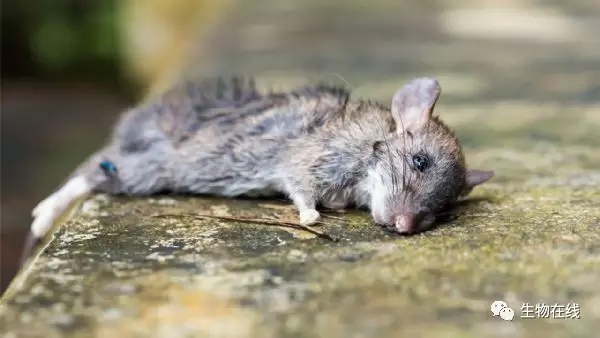
死亡真的代表一切都结束了吗?对于某些基因来说,恐怕并不是这样。《Science》在今年6月的一项研究表明,有些动物的某些基因会在死后复活,甚至在死后数天后仍然保持活性。科学家可以用这些“不死基因”来培养胚胎,虽然这听起来有点毛骨悚然。
Top9:某些寓言可能存在6000年之久

寓言的出现可比格林童话早很多年,但令科学家感到不可思议的是这些寓言存在之久。利用生物学家追踪物种历史演化进程的特定方法,研究员发现一些寓言故事起源于2500~6000年以前。
Top8:睡鲨可能已经400岁,打破了长寿记录
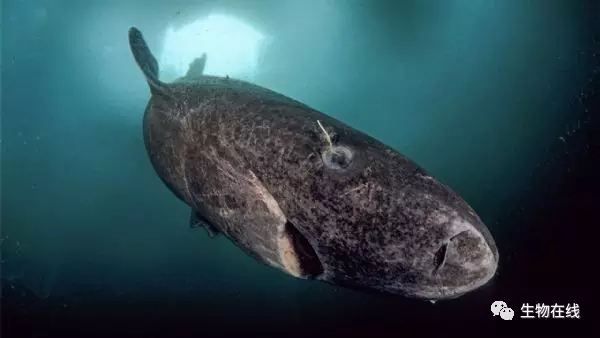
科学家对于睡鲨的生命周期长度只有一个态度:太神奇了!这货居然存活超过了400年。但科学家也说了,雌性睡鲨只有在156岁后达到成熟阶段才能产子,也是等够久。
Top7:研究表明:植物也会打赌
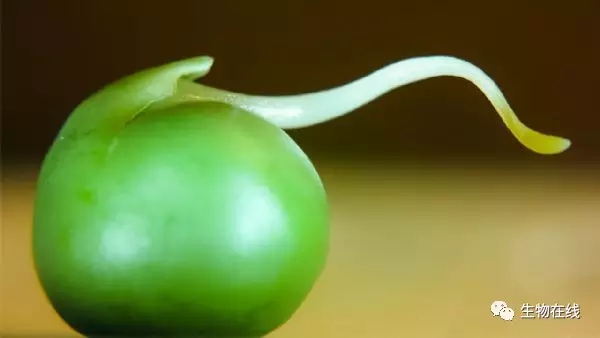
人类常常如此,某些鸟类或者蜜蜂会这样,但你能想到植物居然也会赌博吗?我们美好的多叶植物朋友,在不确定的环境中,对于去哪寻找营养物质这种难以抉择的问题,居然是靠摇骰子决定的。(就是随机决定)这项新发现还在研究当中。
Top6:外星生物靠宇宙射线的照射存活
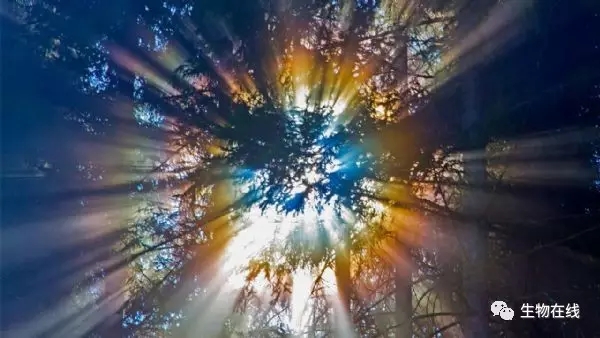
地球上所有的生物获取能量只有两种方法:1、太阳光能。2、消耗有机物。但外星生物如何存活呢?也是如此吗?科学家在南非一处金矿的深处发现了一种神奇的微生物,这货居然是从放射性铀中获取能量维持自身的存活。这让科学家不禁好奇是不是还有别的生物也以此类物质为食,尤其是一些宇宙射线。《Science》在十月发表的一篇文章称,外星的生物有可能靠着宇宙射线存活。
Top5:人类仍然在不断的进化

万物仍然在不断的进化。就拿人类举例,控制身高和眼球颜色的基因演化的相对越来越快,人体内关于烟草味敏感基因仅在一代就翻了一倍。
Top4:你可能比霸王龙跑的快
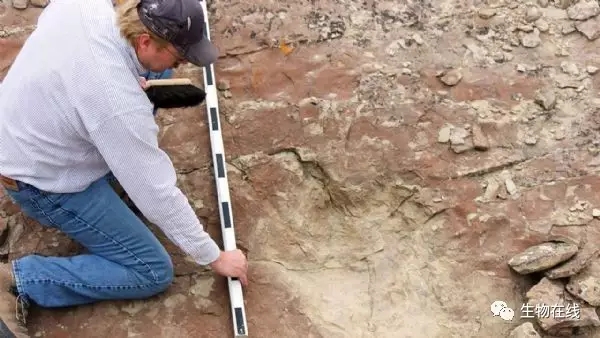
《侏罗纪公园》的热映使得我们对于恐龙的恐惧又重新席卷而来。但《Science》在2016年的一篇文章指出,根据古生物学家的研究,霸王龙奔跑的速度不会超过8千米/小时。这速度也是够醉人,这意味着霸王龙的速度不会超过一个中年男性步速。所以你只要稍微走快点,就不会成为他的盘中之餐了。
Top3:为什么座头鲸要救这只海豹呢?
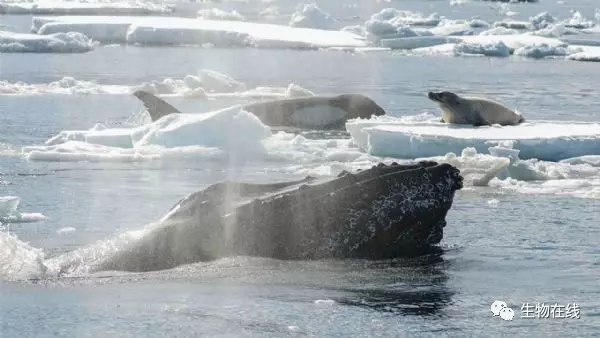
自然总是这样的,物竞天择,适者生存。激烈的竞争往往是无情的,但有时候有些生物也会突然的显示出柔软的一面。《Science》中一篇文章描述了一只座头鲸将一只海豹从一群虎鲸的嘴边救下。科学家也不能确定这神奇的一幕为什么会发生,但能确定的是当虎鲸在这带觅食时,会多想想会不会突然窜出一只座头鲸打乱它们的计划。
Top2:由于全球变暖,冰封的美军军事基地即将面世

在格陵兰冰盖下有一个秘密的军事基地,曾经引起了全球的恐慌。这听起来神奇到很像詹姆斯·邦德电影里的桥段,但这确实是生活中真实存在的。现在,受全球变暖的影响,这个军事基地可能要问世了。
Top1:为什么我们自己的细胞却有自己独立的DNA?
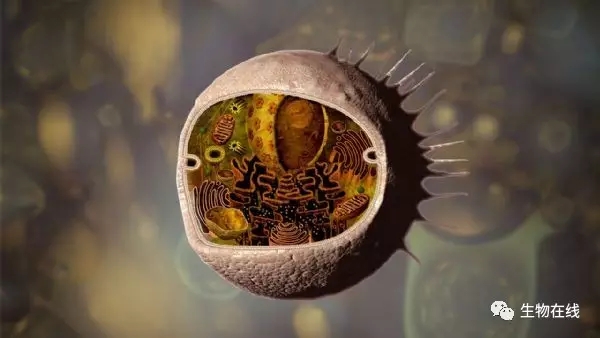
《Science》将2016年度最受欢迎的科学故事给了生物细胞领域:为什么线粒体,这个为我们身体提供能量椭圆形细胞,有自己独立的DNA?这个答案已经被科学家找到,并且这项发现对于我们攻克一些稀有疾病有重要意义。
文章取自《Science》
以下为英文全文:
Our 10 favorite science news stories of 2016
Plants that gamble. Floating creatures in the clouds of alien worlds. An ice-encased military base uncovered by climate change. Our favorite stories of 2016 didn’t necessarily employ the most cutting-edge science—for that, see our breakthroughs of the year—but they were fun, compelling reads that resonated widely with our audience here and on social media. Some of these were our personal favorites; some were our most popular stories of the year. Either way, we hope you’ll enjoy reading them again.
10. 'Undead' genes come alive days after life ends
Is death really the end? Not for some genes. This spooky story revealed that hundreds of genes turn on after an animal dies—and many are still active days after death. Even more disturbing, some of these genes are involved in sculpting a developing embryo.
9. Some fairy tales may be 6000 years old
Fairy tales existed long before the Brothers Grimm came around, but even literary scholars may be shocked by just how old some of our favorite stories are. Using methods typically employed by biologists to trace the evolutionary history of species, researchers found that some of the first fairy tales may have originated between 2500 and 6000 years ago. The key to a yarn’s longevity? A story that’s strange enough to be remembered, but not so strange as to defy comprehension.
8. Greenland shark may live 400 years, smashing longevity record
“Astonishing.” That’s what scientists are saying about the life span of the Greenland shark, which new research reveals can live more than 400 years. The downside? Females aren’t ready to reproduce until they hit the ripe age of 156.
7. Plants can gamble, according to study
People do it. So do the birds and the bees. And now it appears that plants do it, too. Get your mind out of the gutter—we mean gambling. Our leafy friends, it turns out, roll the dice when it comes to making a tough decision such as where to find nutrients in uncertain circumstances. The findings need more testing, however, so don’t bring your favorite shrub to Las Vegas, Nevada, just yet.
6. Alien life could feed on cosmic rays
All life on Earth gets its energy either from the sun or by consuming organisms that do so. But would alien life do the same? A bizarre microbe found deep in a South African gold mine that gets energy from radioactive uranium suggests that life on other planets could feed off of this source as well, especially cosmic radiation raining down from space. In a somewhat related story—and one of our other favorites of the year—scientists found that alien life could thrive in the clouds of failed stars.
5. Humans are still evolving—and we can watch it happen
Evolution doesn’t just happen over millions of years—it can occur right before our eyes. Such is the case in humans, where genes for height and eye color have evolved relatively rapidly—and a gene that favors cigarette smoking has dwindled in just a single generation.
4. You could probably have outrun a T. rex
The Jurassic Park movies have made us fear dinosaurs all over again, but just how threatening was the infamous Tyrannosaurus rex? This story, concerning 66-million-year-old tracks found along an ancient shoreline in Wyoming, reveals that the beast may not have been able to run faster than 8 kilometers (or 5 miles) per hour. That’s slower than a middle-aged power walker, so with a bit of spring in your step, you probably could have avoided becoming a dino’s dinner.
3. Why did a humpback whale just save this seal's life?
Nature may be red in tooth and claw, but sometimes species show a softer side toward each other. Our favorite example from this year was the remarkable story of a humpback whale that saved a seal from a pack of killer whales. Scientists aren’t sure why it happened, but at the very least they say it should make killer whales think twice about hunting when a humpback is nearby.
2. Mysterious, ice-buried Cold War military base may be unearthed by climate change
A military operation hidden beneath the Greenland Ice Sheet. A covert plan known as Project Iceworm. Rising international tensions. These may sound like the ingredients for a James Bond movie, but they’re the real-life details of a Cold War base known as Camp Century. And now a warming world may be bringing them all to light.
1. Why do our cell's power plants have their own DNA?
Our most popular story of the year addresses one of the biggest mysteries of cell biology: Why do mitochondria—the oval-shaped structures that power our cells—have their own DNA, especially when the rest of the cell contains plenty of its own? A new study may hold the answers—and the clues to several rare and crippling diseases.